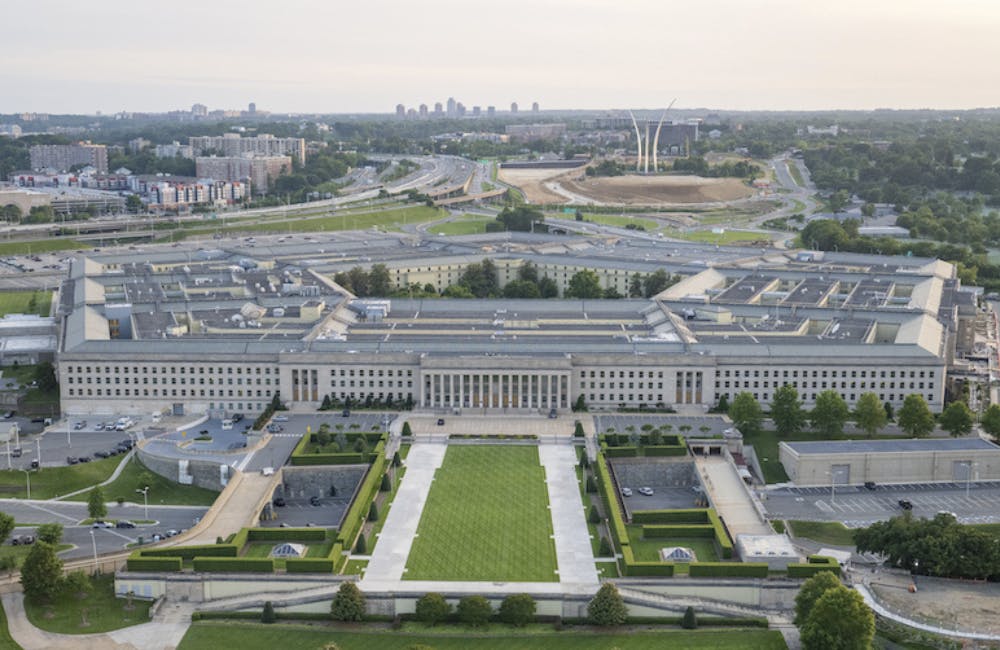Digital Workforce Remains a ‘Tremendous Challenge’ for the Army
Army struggles to strengthen its workforce to meet its growing digital engineering needs.

The workforce required to meet the Army’s digital engineering needs remains a “tremendous challenge,” Maj. Gen. Glenn A. Dean, the Army’s program executive officer for ground combat systems, said at the Association of the United States Army conference Tuesday.
Senior defense leaders and cyber experts have long stressed the need to build and retain a robust military tech force. Congress recently authorized several education and training programs, but building and maintaining a skilled workforce will take time.
“Both in people and in tools, we are a quarter short of where we would like to be,” Dean said. “And we have to bootstrap our way there.”
While a large number of people have a certain level of familiarity with some of the models and how to use them, finding someone who can also support the program executive office is problematic.
“Those individuals are very challenging to find. We typically have about two to three,” said Mike Cadieux, Army’s combat capabilities director. “And so it is how do we build the bench of those absolute subject matter experts that you can go and deploy to those critical priority elements or programs.”
Another type of workforce the Army needs is much broader and resides outside of the digital engineering space. The skills this kind of workforce needs is being able to work with and leverage the available data to be able to make crucial decisions.
“I’d argue, in some cases, that is just as important as some of the engineering skill sets because they have to take advantage of that data that is now available to them,” Cadieux said.
One of the initiatives Army Futures Command has recently undertaken is a campaign to train senior executive service members and general officers facilitated by the AI integration center at Carnegie Mellon in Pittsburgh, PA.
“[It is] a really outstanding opportunity for leaders to go through and increase their own data literacy in order to become familiar and comfortable in the digital engineering space, comfortable with digital tools and becoming more data literate to enable decision making,” Brig. Gen. Geoffrey Norman, the Army’s director for the cross functional team.
This is a carousel with manually rotating slides. Use Next and Previous buttons to navigate or jump to a slide with the slide dots
-

Tracking Trump's Cabinet Nominee Hearings, Confirmations
Trump cabinet nominees are undergoing Senate hearings in a process to confirm the president's new federal agency leadership appointments.
7m read -

DOD's Cyber Academic Engagement Office Centralizes Operations to Drive Efficiency
The office prioritizes centralization and collaboration as part of its 2025 strategy to drive operational efficiencies and improve services.
3m read -

Modernizing Data for Operational Efficiency
USPS, NIH and Pure Storage discuss their data modernization strategies to prepare for artificial intelligence.
30m watch -

CDC Advances Data Strategy to Speed Public Health Response
The newest iteration of CDC's public health data strategy focuses on reducing burden and increasing efficiency.
4m read








